
Paul Cézanne: Biography, Artistic Career, and the Artist's Masterpieces
Paul Cézanne (born January 19, 1839 – died October 22, 1906) was a French artist of the 19th century who became the founder and central figure of Post-Impressionism. Cézanne's paintings were only recognized in the last years of the master's life because they were ahead of their time by half a century. The artist's system of combining line, color, and brushstroke was marked by incredible logic and subsequently inspired generations of artists. Paul Cézanne created his best works in the second half of the 19th century and had a significant influence on the development of avant-garde painting in the early 20th century.
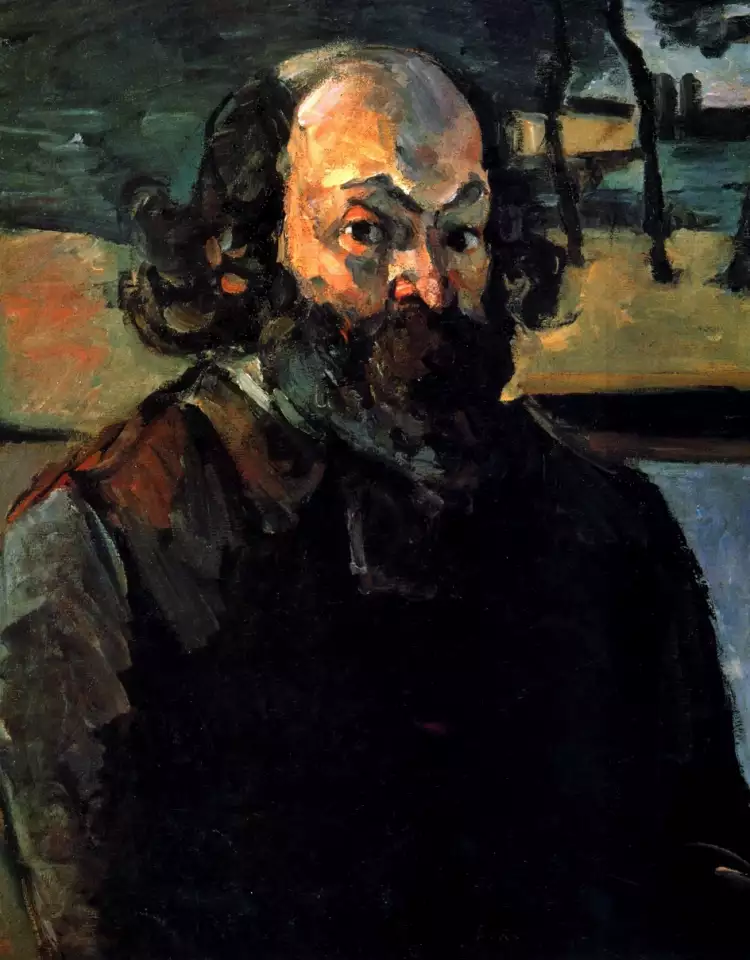 Paul Cézanne. Self-portrait, 1875
Paul Cézanne. Self-portrait, 1875
Biography of Paul Cézanne
Paul Cézanne was born on the night of January 19, 1839, in a house on Opera Street in the small town of Aix-en-Provence in the south of France. His parents were not married at the time of his birth and only married five years later when the family already had two children. His father, Louis-Auguste, came from a family of skilled tradespeople but had the courage to leave a profitable hat business to establish a banking business, which eventually earned him a significant fortune.
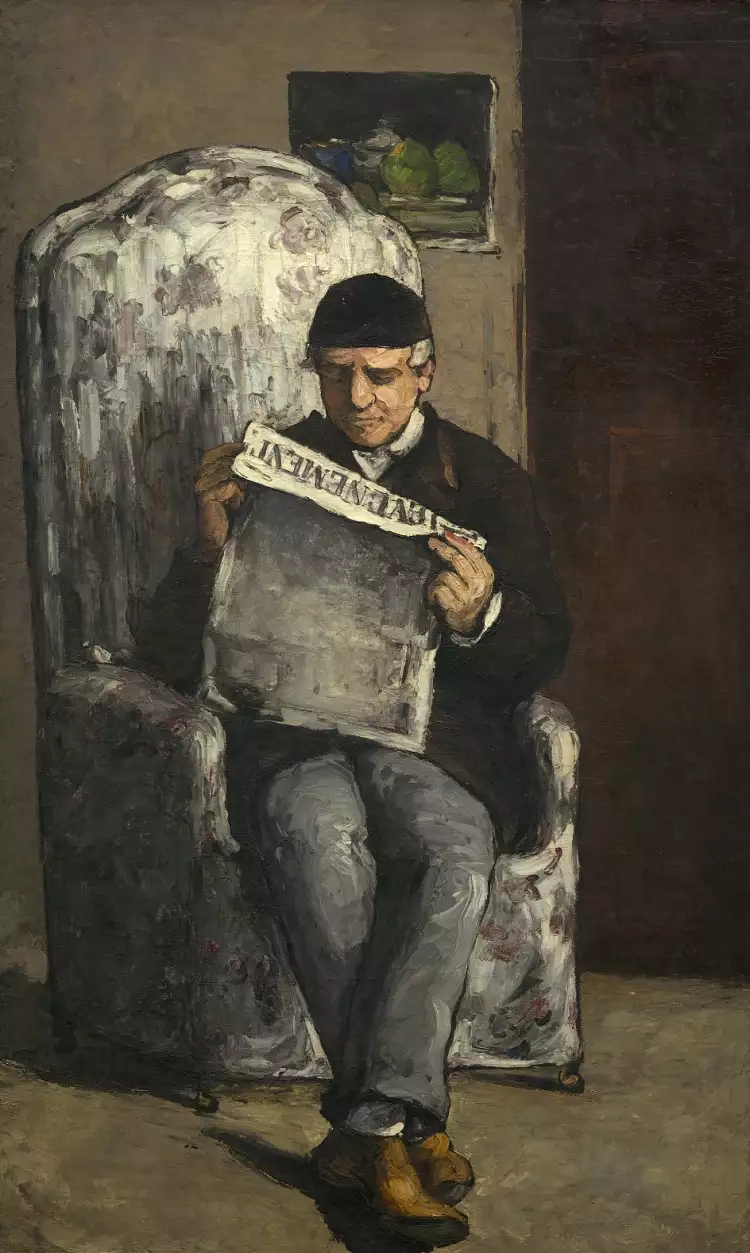 Paul Cézanne. Portrait of Louis Cézanne reading, 1866
Paul Cézanne. Portrait of Louis Cézanne reading, 1866
Paul Cézanne began drawing at the age of five, much to the delight of his future artist mother. After completing primary school, in 1852, the boy entered the Bourbon College as a full-boarder. Paul's painting talents were considered mediocre by his teachers, but he was awarded for his skill in composing poems. After completing his education, Cézanne attended the free painting school of Joseph Gibert for several years before obtaining his father's permission to move to Paris.
Cézanne moved to the capital in 1861 and began preparing for admission to the Academy of Fine Arts. Academician Gibert taught Paul the basics of painting, but the young artist's works were frankly weak. Lessons at the private school of Charles Suisse couldn't improve his situation, and the academy of the former model was more of a club where aspiring Parisian painters gathered. It was there that Cézanne met Claude Monet and Camille Pissarro, and in 1863, he presented two of his works at the "Salon des Refusés."
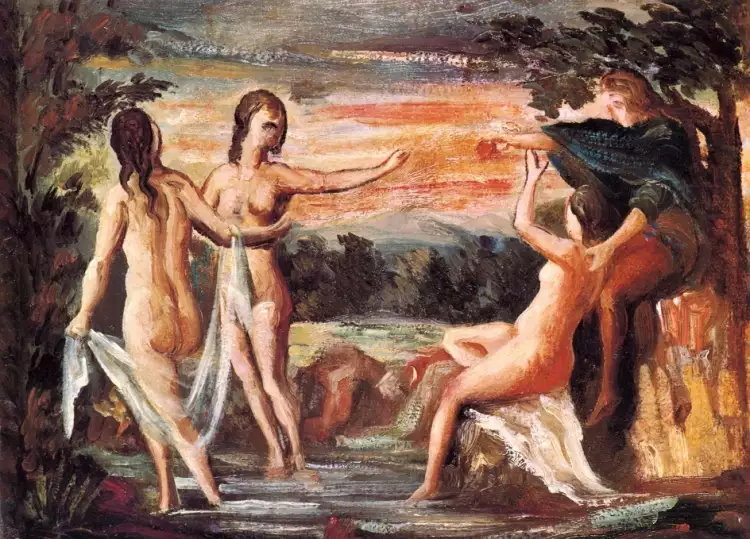 Paul Cézanne. Judgement of Paris, 1862-1864
Paul Cézanne. Judgement of Paris, 1862-1864
At the exhibition, the artist saw Édouard Manet's famous "Luncheon on the Grass" and was thrilled with the painting. His admiration for the new art led him to the circle of Impressionists led by Frédéric Bazille, but due to his natural shyness, Cézanne preferred to keep to himself. He received words of approval and support only from his idol Manet, while the Salon repeatedly rejected the young master's paintings, and he failed to enter the Academy. Cézanne's works were so far ahead of society's notions of visual art that they were referred to as "sewer painting."
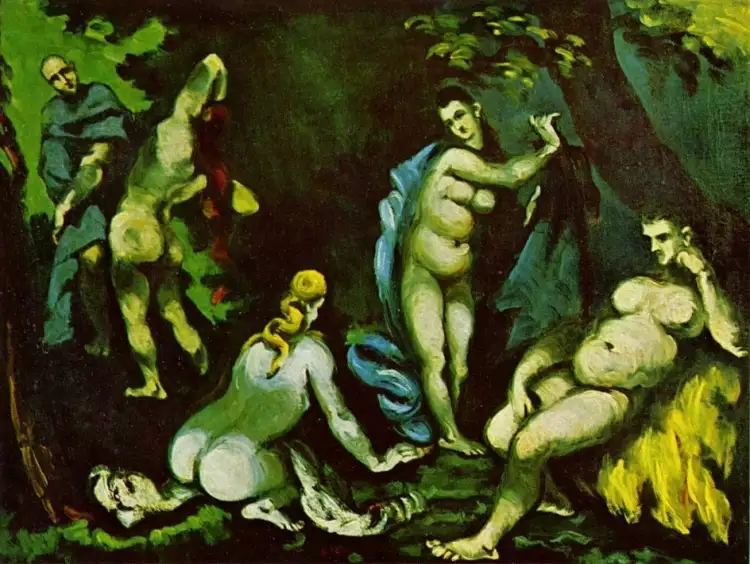 Paul Cézanne. The Temptation of St Anthony, 1867-1869
Paul Cézanne. The Temptation of St Anthony, 1867-1869
In 1875, a significant event occurred in Cézanne's life – he met the collector Victor Choke, who became a regular buyer of his works. The artist regularly participated in Impressionist exhibitions but heard nothing but ridicule. Ignoring the criticism and confident in his genius, Cézanne continued to work productively and created his best works in the following decades.
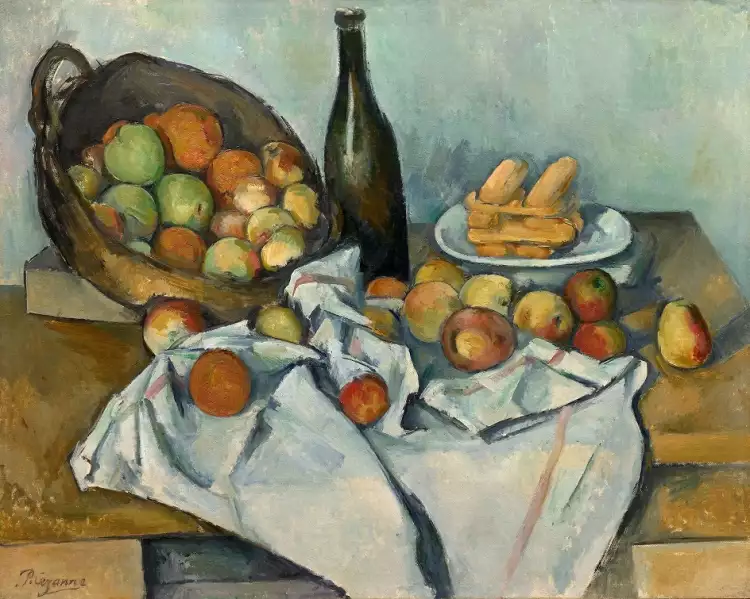 Paul Cézanne. The Apple Basket, 1890-1894
Paul Cézanne. The Apple Basket, 1890-1894
True fame came with a solo exhibition organized by art dealer Ambroise Vollard in 1895. His paintings sold like hotcakes, and both critics and ordinary spectators praised the master's work. The first exhibition was immediately followed by a second one, and by 1900, the elderly artist transformed from an object of ridicule into a living legend and a messenger of a new art movement. Everyone wanted to meet Cézanne, and the master, unaccustomed to such attention, could not believe the sincerity of the words of admiration directed at him.
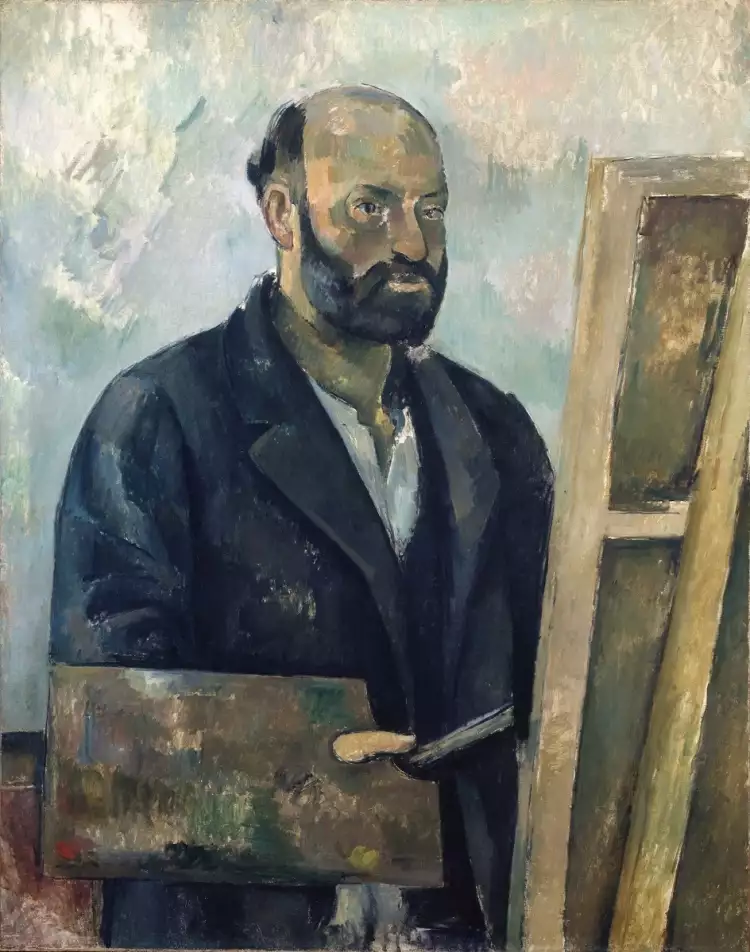 Paul Cézanne. Self-portrait with a palette, 1890
Paul Cézanne. Self-portrait with a palette, 1890
The youth elevated Cézanne to the rank of their spiritual mentor and recorded every word he said when they met. At the Salon exhibition in 1904, a whole hall was dedicated to the master's works. Two years later, while persistently working en plein air, Cézanne contracted bronchitis. This cold eventually turned into pneumonia, which claimed the artist's life. On October 23, 1906, Paul Cézanne passed away at the age of 67.
Paul Cézanne's Most Famous Paintings
Among Paul Cézanne's paintings, there are works of all genres, but they are united by the artist's ability to convey his own internal dynamism and strong emotions, which were well appreciated by the few viewers who could truly recognize the value of his early works. The master worked diligently throughout his life and left over eight hundred paintings for future generations.
Some of the most famous ones include:
- "The House of the Hanged Man" (1873) — a vivid example of the complex combination of different planes, where the viewer's gaze from the lower left corner of the painting extends into the deep space beyond the buildings.
- "Mountains in Provence" (1878-1880) — the artist deconstructs the mountain landscape into its components and then constructs his own reality from it, a technique later adopted by the Constructivists.
- "The Boy in the Red Vest" (1888-1890) — the master uses the color red as a formative element, and the abundance of black gives the portrait a tragic resonance.
- "Still Life with Skulls" (1898-1900) — reflects Cézanne's thoughts on the transience of existence in his later years.
- " The Great Bathers" (1906) — a flat and highly decorative work painted from photographs; the artist considered it the main masterpiece of his life.
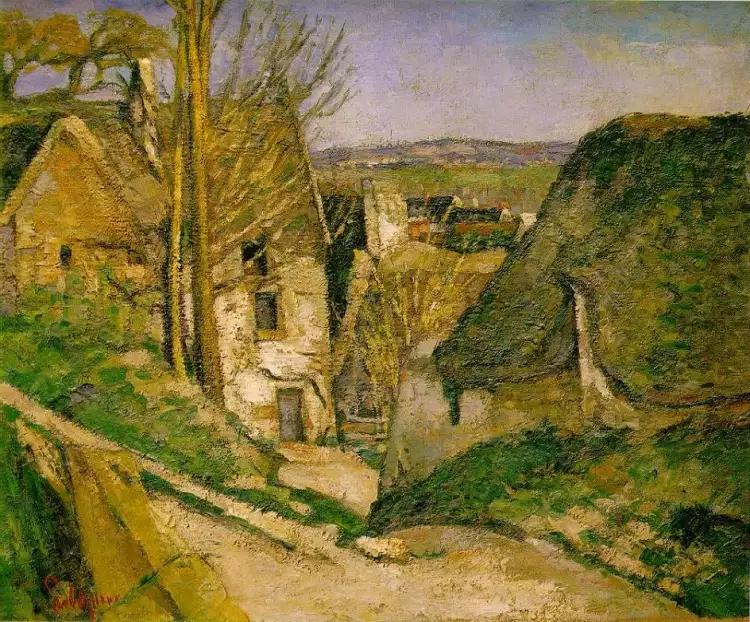 Paul Cézanne. The Hanged Man's House, 1873
Paul Cézanne. The Hanged Man's House, 1873
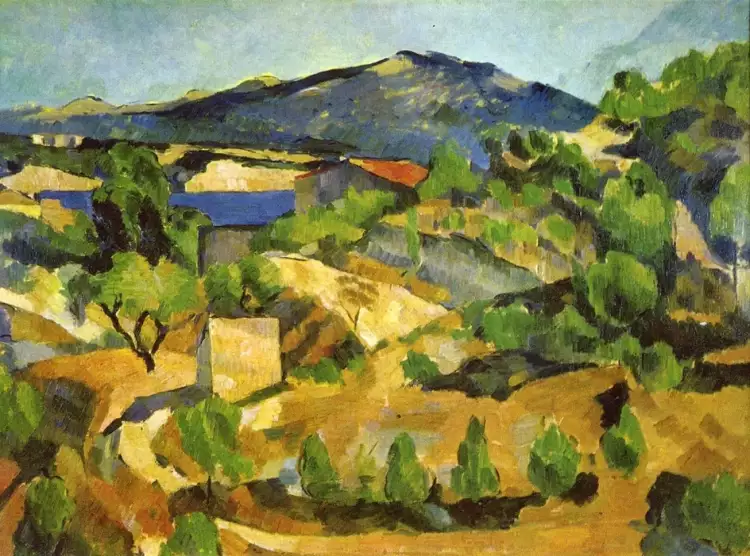 Paul Cézanne. Nearby Zola dam, 1878-1880
Paul Cézanne. Nearby Zola dam, 1878-1880
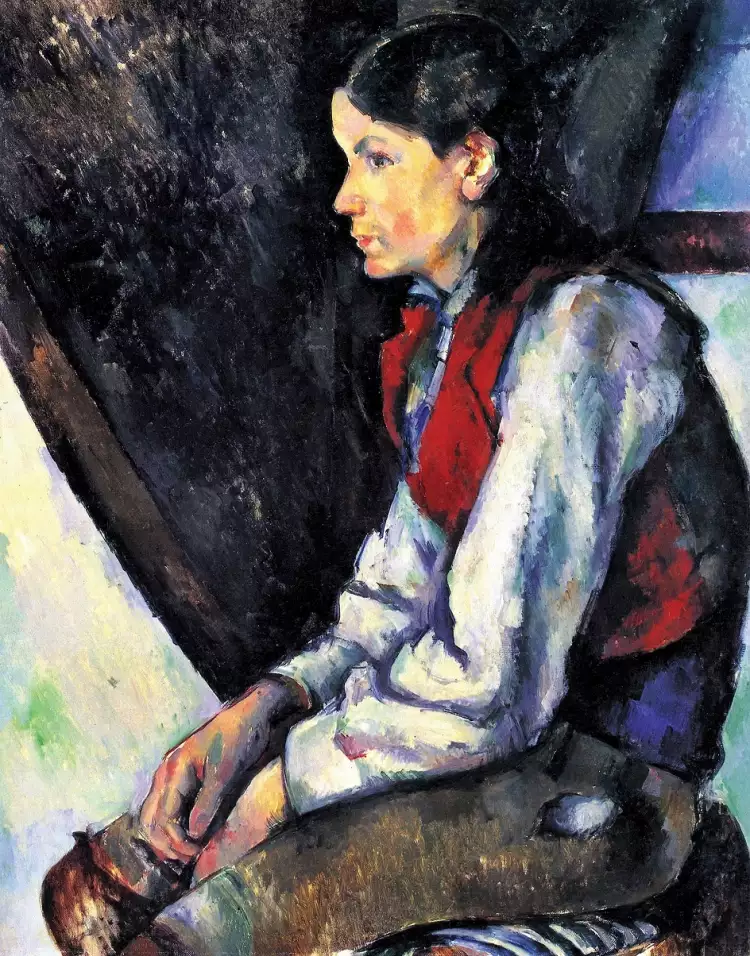 Paul Cézanne. The Boy in the Red Vest, 1888-1890
Paul Cézanne. The Boy in the Red Vest, 1888-1890
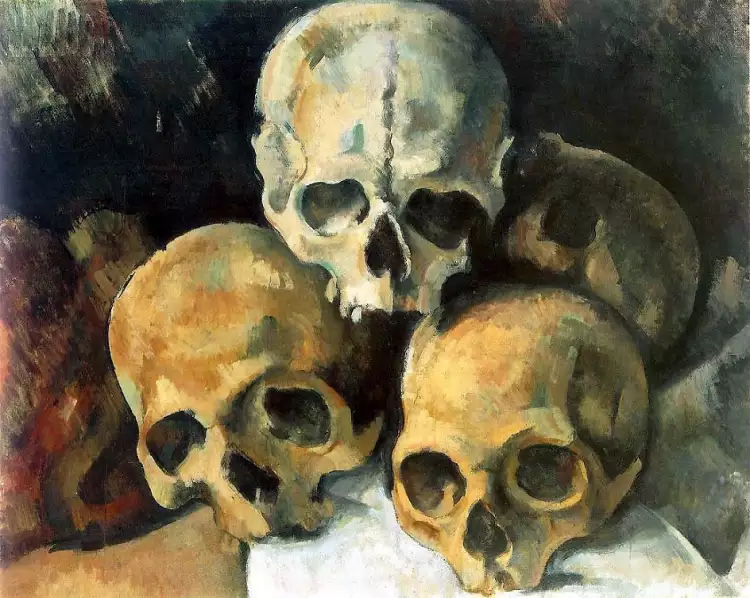 Paul Cézanne. Still life with skulls, 1898-1900
Paul Cézanne. Still life with skulls, 1898-1900
The painter sincerely regretted being born too early and expressed a spiritual kinship with artists of the following generations. The master's work gained many followers, and his style even received its own name—Cézannism.
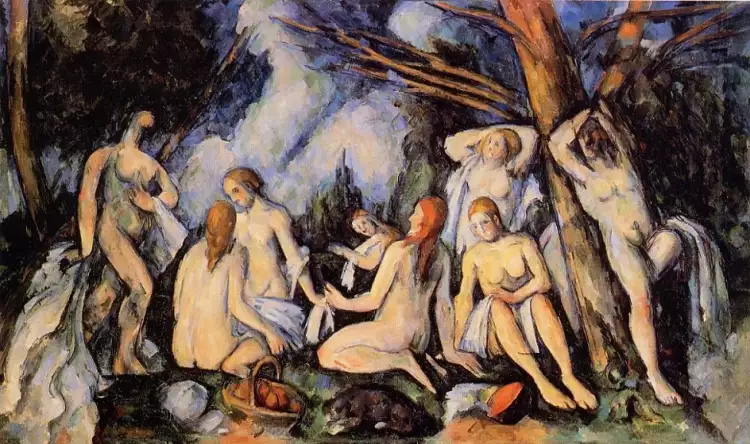 Paul Cézanne. The Great Bathers, 1906
Paul Cézanne. The Great Bathers, 1906
On the Very Important Lot auction platform, you can find a wide selection of antique items, and in the painting gallery, contemporary artists exhibit their works. Our platform allows you to buy paintings directly from the artists.
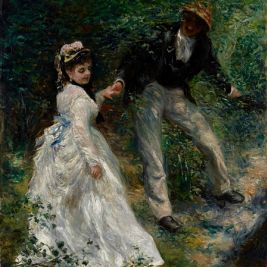 The painting "La Promenade" by Pierre-Auguste Renoir is an example of fleeting happiness
The painting "La Promenade" by Pierre-Auguste Renoir is an example of fleeting happiness  Giovanni Guida is an Italian artist-innovator and master of grattage
Giovanni Guida is an Italian artist-innovator and master of grattage 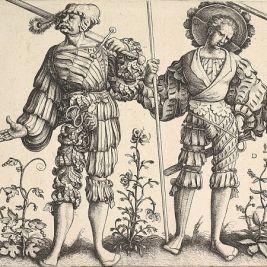 Etching is a type of engraving and printing technique
Etching is a type of engraving and printing technique 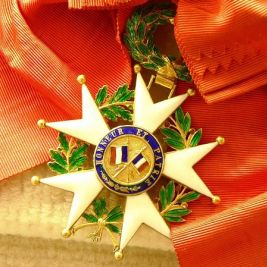 Phaleristics is a young scientific discipline about antique awards
Phaleristics is a young scientific discipline about antique awards 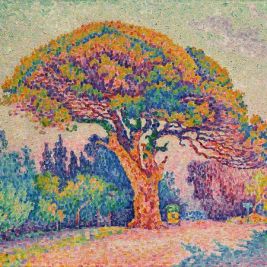 Post-Impressionism is a joyful and unconventional style in painting
Post-Impressionism is a joyful and unconventional style in painting  Bas-relief - a type of sculpture with an ancient and rich history
Bas-relief - a type of sculpture with an ancient and rich history  Innovative Skyscrapers Reshaping Urban Skylines
Innovative Skyscrapers Reshaping Urban Skylines 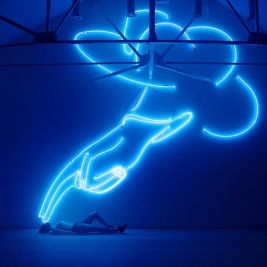 Installation - the modern art of striking three-dimensional compositions
Installation - the modern art of striking three-dimensional compositions 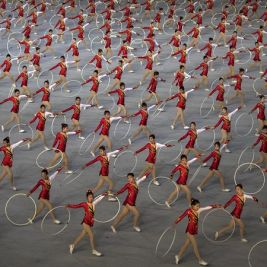 Documentary Photography: Photo story about important events and everyday life
Documentary Photography: Photo story about important events and everyday life 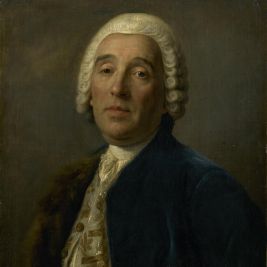 Bartolomeo Francesco Rastrelli was a brilliant Italian architect who became the greatest master of Russian architectural art of all times
Bartolomeo Francesco Rastrelli was a brilliant Italian architect who became the greatest master of Russian architectural art of all times